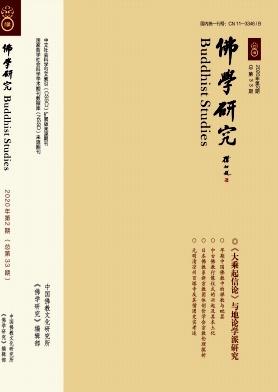Calligraphic Magic: Abhidhamma Inscriptions from Sukhodaya
引用次数: 0
Abstract
The article presents five fifteenth- to sixteenth-century Pali inscriptions from Sukhodaya, Thailand. Three of them are engraved in the Khom alphabet on large square stone slabs, with considerable attention to format; they seem to be unique in Thai epigraphy. Two of these carry extracts from the Abhidhamma; the third gives a syllabary followed by the recollection formulas of the Three Gems. The other two epigraphs are written not on stone slabs but are inscribed on small gold leaves; they contain the heart formulas of the books of the Tipiṭaka and the qualities of the Buddha, Dhamma, and Saṃgha. The exact find-spots and functions of the slabs and gold leaves are not known. I suggest that they are the products of widespread and enduring Buddhist cultures of inscription, installation, and consecration, as well as of customs of condensation and abbreviation that have have been intrinsic to Thai liturgical and manuscript practices up to the present.本文介绍了泰国素可达雅的5个15至16世纪的巴利文碑文。其中三个是用洪语字母刻在大的方形石板上的,对格式相当注意;它们在泰国铭文中似乎是独一无二的。其中两本摘录自《阿毗达摩》;第三部分给出了一个音节表,然后是三宝的回忆公式。另外两个铭文不是写在石板上,而是刻在小金叶上;它们包含了Tipiṭaka的核心公式和佛、法、Saṃgha的品质。石板和金箔的确切发现地点和功能尚不清楚。我认为它们是广泛而持久的佛教铭文、装置和奉献文化的产物,也是浓缩和缩写的习俗的产物,这些习俗一直以来都是泰国仪式和手稿实践中固有的。
本文章由计算机程序翻译,如有差异,请以英文原文为准。
求助全文
约1分钟内获得全文
求助全文

 求助内容:
求助内容: 应助结果提醒方式:
应助结果提醒方式:


